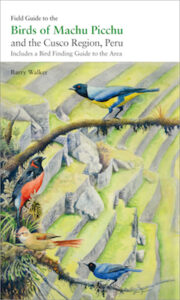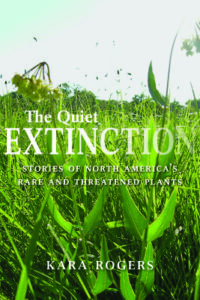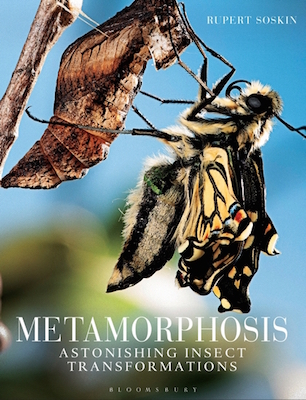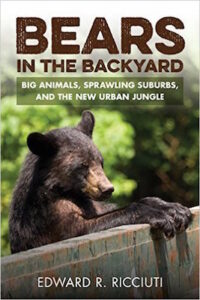As one of the most talked-about destinations for both eco-tourism and adventure travel these days is the remains of the famed Inca city of Machu Picchu, it is indeed appropriate that Buteo Books, Lynx Edicions, and Barry Walker of Manu Expeditions have joined together to publish the new Field Guide to the Birds of Machu Picchu and the Cusco Region, Peru.




